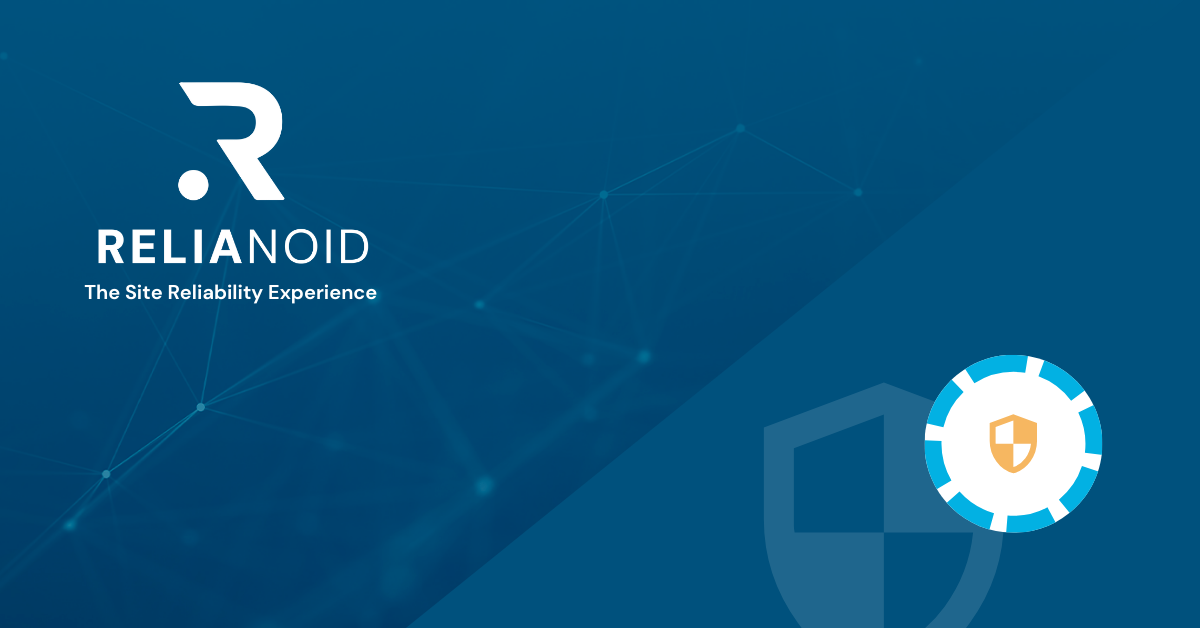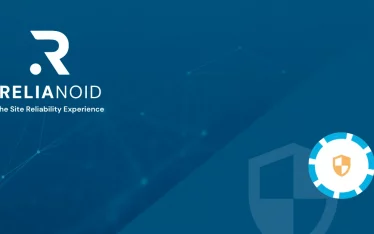In today’s digital age, ensuring secure and private communications over the internet is paramount. Virtual Private Networking (VPN) is a widely adopted technology that allows users to create secure connections to another network over the internet. One of the most robust protocols used in VPNs is IPSec (Internet Protocol Security). This blog post delves into what IPSec is, how it works, its modes, and its implementation by RELIANOID.
What is IPSec?
IPSec, or Internet Protocol Security, is a suite of protocols designed to secure IP communications by authenticating and encrypting each IP packet in a communication session. It provides data confidentiality, integrity, and authentication, making it a critical technology for secure communication over the internet.
Do VPNs Use IPSec?
Yes, many VPNs use IPSec to secure data traffic between endpoints. IPSec is highly favored for VPNs due to its robust security features and ability to protect data at the IP layer. This means that any application running on an IP network can be secured without needing additional modifications.
How Does IPSec Work?
IPSec works by establishing secure and encrypted connections through a process involving several key components and steps:
1. Security Associations (SAs): These are agreements between two devices on how to secure data traffic. Each SA includes details about the encryption and authentication algorithms, keys, and other parameters.
2. Protocols:
- Authentication Header (AH): Provides integrity and authentication for IP packets but does not encrypt the payload.
- Encapsulating Security Payload (ESP): Provides encryption for data confidentiality, along with integrity and authentication.
3. Key Exchange: IPSec uses the Internet Key Exchange (IKE) protocol to establish and manage SAs. IKE negotiates the security policies and generates the cryptographic keys used by IPSec.

What are IPSec Tunnel Mode and IPSec Transport Mode?
IPSec operates in two distinct modes: Tunnel Mode and Transport Mode.
IPSec Tunnel Mode
In Tunnel Mode, the entire original IP packet (including the header and payload) is encapsulated within a new IP packet. This new packet includes a new IP header. Tunnel Mode is typically used for site-to-site VPNs, where two networks are securely connected over the internet.
Use Cases
Connecting remote offices to a central network.
Secure communication between different branches of an organization.
IPSec Transport Mode
In Transport Mode, only the payload of the IP packet is encrypted and/or authenticated, while the original IP header remains intact. Transport Mode is often used for end-to-end communication between individual devices.
Use Cases
Secure communication between two devices.
Protecting data in applications that require direct IP connectivity.

When to Use IPSec Tunnel Mode and IPSec Transport Mode?
Tunnel Mode
When securing traffic between different networks.
For site-to-site VPNs where multiple devices behind routers need to communicate securely.
When routing considerations require the entire packet to be encrypted.
Transport Mode
When securing communication between individual devices.
For end-to-end security in applications where the original IP header must be preserved.
In scenarios where direct IP communication without additional encapsulation is necessary.
How RELIANOID Implements VPN Support Using IPSec Modes
RELIANOID provides robust VPN support using IPSec modes to ensure secure and efficient communications. Here’s how they implement it:
1. Flexible Configuration: RELIANOID offers an intuitive interface for configuring IPSec VPNs, allowing users to easily set up and manage Tunnel Mode and Transport Mode according to their specific needs.
2. Advanced Security Features: By leveraging the capabilities of IPSec, RELIANOID ensures data confidentiality, integrity, and authentication. This includes support for strong encryption algorithms and secure key exchange mechanisms.
3. Scalability and Performance: RELIANOID’s VPN solutions are designed to scale with organizational needs, providing high-performance encryption and decryption to maintain seamless communication even under heavy loads.
4. Comprehensive Monitoring and Management: RELIANOID includes tools for monitoring VPN connections, managing SAs, and troubleshooting issues, ensuring that VPNs are always running smoothly and securely.
Conclusion
Understanding the different IPSec modes and their appropriate use cases is crucial for setting up secure and efficient VPNs. IPSec provides the backbone for many VPN solutions, offering robust security features to protect data over the internet. RELIANOID leverages IPSec’s capabilities to deliver reliable and scalable VPN support, ensuring secure communications for businesses of all sizes. Whether you need site-to-site connectivity or secure device-to-device communication, understanding and utilizing IPSec modes is key to achieving your security goals. Try RELIANOID Load Balancer with VPN Support.







